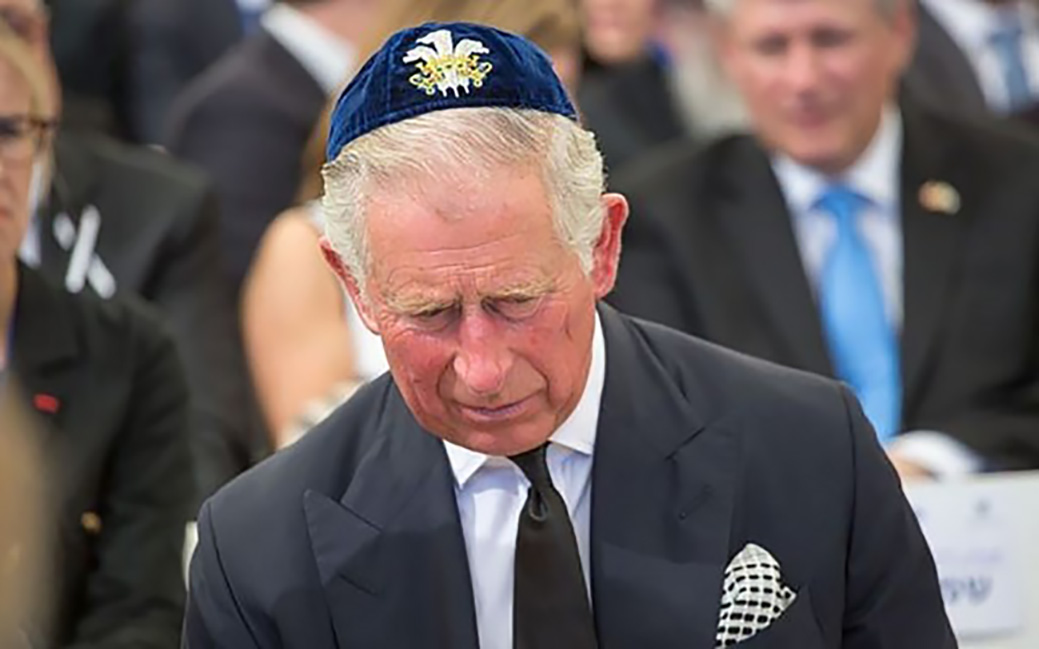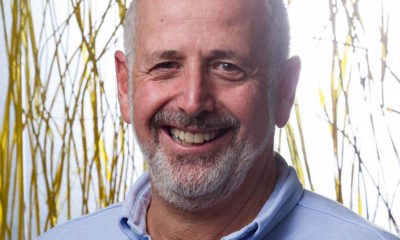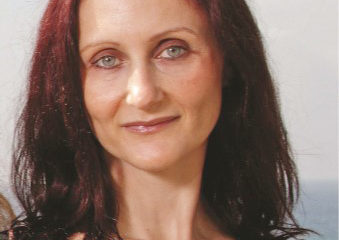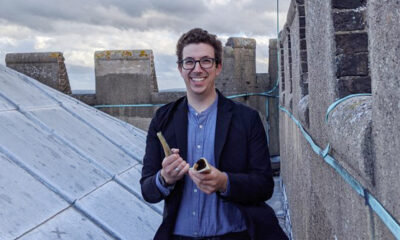
World

Six facts about King Charles and the Jews
Published
2 years agoon
With the death of Britain’s beloved Queen Elizabeth II at the age of 96, the longest serving monarch in the United Kingdom’s history, her eldest son, formerly known as Prince Charles, has become Britain’s newest monarch. Here are some facts about King Charles III, Jews, and Israel.
King Charles III has something in common with thousands of British Jews – he was circumcised by Rabbi Jacob Snowman (1871-1959), a brilliant physician and one of London’s leading mohelim.
It’s widely believed that the tradition dates back to the early 1700s, when Britain’s King George I – who was born in Germany – imported the custom of German noblemen having mohelim circumcise their sons, though some have disputed this account, claiming that this royal practice is far newer. It’s unclear why this became a tradition, but some speculate that their extensive experience reassured anxious parents that their sons would be safe during the procedure. King Charles’ mother, Queen Elizabeth, wanted only the best for Charles, so she turned to Snowman, who was well known in London’s Jewish community.
Unlike Queen Elizabeth, who never visited Israel in all her long years on the throne, King Charles, has made trips to the Jewish state. One emotional visit occurred in 2016, when he travelled to Jerusalem for the funeral of former Israeli Prime Minister Shimon Peres. While there, Charles visited the grave of his grandmother, Princess Alice of Greece, who saved Jews during the Holocaust and was named Righteous Among the Nations by Yad Vashem. She’s buried on the Mount of Olives in Jerusalem.
Born in 1885, Princess Alice was the great granddaughter of Britain’s Queen Victoria. She married Prince Andrew of Greece, and moved to Athens with her new husband. She was intensely unhappy. A religious Christian, Alice watched as her husband drifted into a life of dissolution. With the rise of Nazism in the 1930s, her three daughters all became ardent fascists, and married Nazi officials. Only her son, Philip, King Charles’ father, defied Nazism, moving to England and fighting with distinction in the Royal Air Force during World War II.
Princess Alice remained at home in Athens alone; her husband had long since left her and was completely devoted to a life of drinking and gambling. During the Holocaust, Princess Alice invited a Jewish family she was friends with, the Cohens, to move into her apartment with her. Her building was next to the Gestapo’s Athens headquarters, and Princess Alice was even brought in for questioning at one point, but she refused to divulge the fact that she was sheltering Jews.
After the Holocaust, she was named Righteous Among the Nations by Yad Vashem. She founded a religious order, and died in 1969. Her wish was to be buried in Israel. At first, her family ignored her request, but in 1988, the royal family arranged for her remains to be reinterred in Jerusalem. On his 2016 visit to her grave, King Charles brought purple flowers that had been grown in Scotland – her favourite – and placed them on her grave.
King Charles visited Israel again in 2020, when he attended the World Holocaust Forum in Jerusalem, commemorating the 75th anniversary of the liberation of Auschwitz. There, he lingered, speaking to Jewish Holocaust survivors at length, and hearing their stories. “He was interested in how it was in Auschwitz, and how we managed to survive,” said survivor Marta Weiss, who met the newest monarch on his visit. “He was very sympathetic. He came across as genuinely interested, not just doing it for the sake of it.”
King Charles owns his own personalised kippah: a blue velvet yarmalke adorned with the official royal crest of the Prince of Wales, his previous title, embroidered in gold and white thread.
One of the first sightings of the royal kippah was at the installation of Britain’s Chief Rabbi Ephraim Mirvis in 2013. Charles was the first member of the royal family to attend an installation of a chief rabbi.
King Charles and Rabbi Lord Jonathan Sacks, the former chief rabbi of Britain, forged a close bond, brought together by their public roles as community leaders in Britain and by their shared commitment to making the world a better place. When Sacks died in 2020, Charles delivered an emotional eulogy for his friend and teacher.
“Rabbi Jonathan Sacks and I were exact contemporaries, born in the year of the foundation of the state of Israel, and, over many years, I had come to value his counsel immensely. He was a trusted guide, inspired teacher, and a true and steadfast friend. I shall miss him more than words can say,” King Charles said. “He taught us how to listen to others and how to learn from them without compromising the convictions of either party; he taught us to value participation in the common life of the nation; and through it all, he taught us the need to respect the integrity and harmony of G-d’s creation.”
Last year, King Charles commissioned seven major new paintings to add to the official Royal Collection of art displayed in Buckingham Palace: seven paintings of Holocaust survivors. The project was part of the prince’s longstanding aim of educating future generations and ensuring that the horrors of the Holocaust are never forgotten.
King Charles, himself, wrote an introduction to the exhibit’s catalogue: “Behind every portrait is a unique story, of a life lived, of love, of loss. However, these portraits represent something far greater than seven remarkable individuals. They stand as a living memorial to the six million innocent men, women, and children whose stories will never be told, whose portraits will never be painted. They stand as a powerful testament to the quite extraordinary resilience and courage of those who survived and who, despite their advancing years, have continued to tell the world of the unimaginable atrocities they witnessed. They stand as a permanent reminder for our generation – and indeed, to future generations – of the depths of depravity and evil humankind can fall to when reason, compassion, and truth are abandoned.”Seven Portraits: Surviving the Holocaust went on display in Buckingham Place in January 2022.
In 2019, at a royal Chanukah party at Buckingham Palace, King Charles praised Britain’s Jewish community and formally thanked them for their prayers. “I say this from a particular and personal perspective, because I have grown up being deeply touched by the fact that British synagogues have, for centuries, remembered my family in your weekly prayers. And as you remember my family, so we, too, remember and celebrate you.”
After Queen Elizabeth’s death, Mirvis said, “Throughout her extraordinary reign, she conducted herself with grace, dignity, and humility and was a global role model for distinguished leadership and selfless devotion to society. Every week in synagogue, we have prayed for her welfare, well-being, and wisdom, and she never let us down.”
- Dr Yvette Alt Miller lives in Chicago, and has lectured internationally on Jewish topics. Her book, Angels at the Table: a Practical Guide to Celebrating Shabbat takes readers through the rituals of Shabbat and more, explaining the full spectrum of Jewish traditions with warmth and humour.
- Published with permission from aish.com











MR J MALTEZ
Sep 26, 2022 at 5:22 pm
Correction regarding Prince Philip’s service during World War 2. in 1939 as a Midshipman at Dartmouth Navel College,he graduated top of his class, then promoted Sub-Lieutenant 1940. Having served in active service in Royal Navy by 1942, he was one of the youngest Lieutenants in Royal Navy. He remained on active service until 1952 rising to the rank of Lieutenant Commander, Royal Navy.